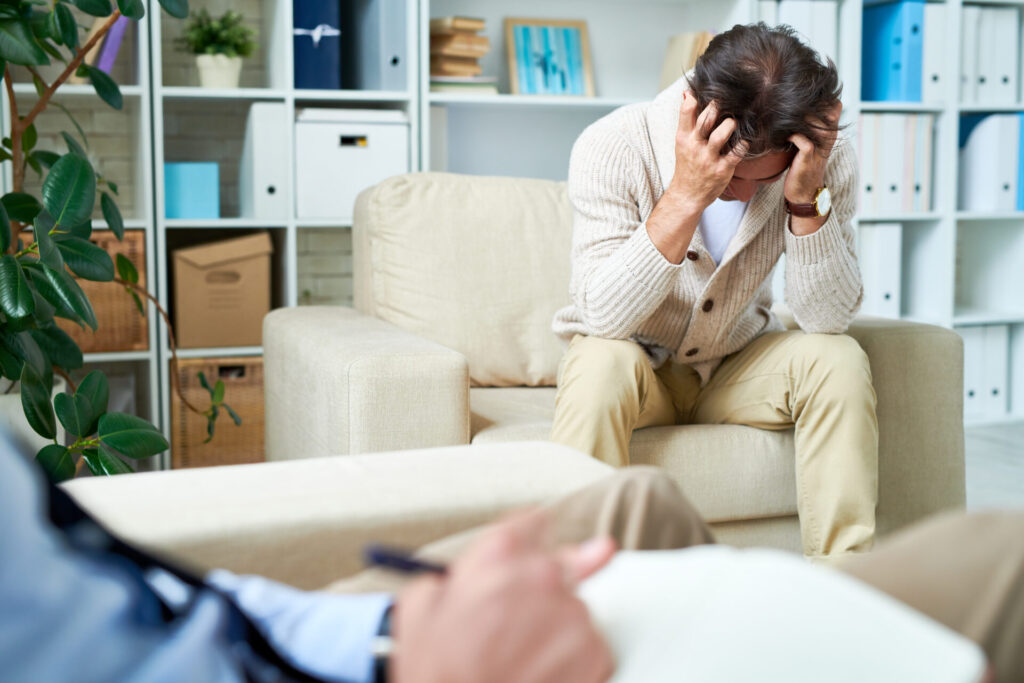For Your Safety…
Computer use can be monitored and is impossible to completely clear. If you are afraid your internet and/or computer usage might be monitored, please exit your internet browser now and use a safer computer.
If you are viewing our site and need to quickly get away to an unrelated site, click the exit button in the top right corner and you will be redirected. Please test these features on your computer right now to ensure that they work.
Whether you are planning to leave, or just want to be safe or keep your children safe, a plan is necessary. Safety plans help reduce your risk of harm. Planning ahead improves your ability to remember what to do when you are threatened or being attacked. The victim of domestic violence is the person best able to put together a safety plan because the victim knows the habits and patterns of the abuser. However, it can be overwhelming to devise a safety plan. If this is the case, it helps to find an advocate trained in helping victims of domestic violence. An advocate will help you think of all the possibilities that you may encounter, and to plan around the possibility.
Create a Buddy System
Abusers often isolate their victims to give them more control over the victim and make the victim feel dependent on the abuser. The abuser turns against friends and family of their victim making it uncomfortable for the victim to maintain healthy relationships. An effective and necessary step in planning to leave is to create a buddy system.
Choose people who are close to you that you can trust. Confide in them. Tell them what is happening. Establish means through which you can contact them, whether it is in the middle of the night or the middle of a snowstorm. Designate a meeting place in case you need to leave your home quickly. You may ask one of your buddies to hold important legal documents or a contact list of people who should be informed if something happens. One of your buddies may hold a bag of your personal belongings.
Avoiding the Violence
Until you are able to leave, try to know the signs of violence in your home. Abusers usually have triggers, something that sets them off. Some abusers become irritable as they look for a reason to explode. If you see the tension building, if you can separate yourself, you should.
Try to stay in as safe a place as possible. When you sense an episode approaching, avoid being near the more dangerous places in your house. For example, there are many weapons in a kitchen, the surface areas in bathrooms are hard. It may be wise to avoid these rooms. Try to spend time in rooms that have access to a phone, a window, and a door.
Hide weapons. Guns should be dissembled and in a locked place, out of sight. Similarly, knives should be in drawers, out of sight. Tools, like hammers and screwdrivers should never be left out.
Be careful entering or exiting your place of employment. Many abusers know where their victims work. Abusers stalk and attack victims at their workplaces. If you are ableto telecommute or alter your hours – try to do it.
Don’t wear scarves or other things around your neck – an abuser may use the pretty object to hurt you.
If you can’t avoid the violence, try to minimize the harm. Try to protect your face, neck and body by curling up into a ball.
Plan Your Exit
Leaving may not be as simple as walking out the door. You may have complications that need to be planned out. For example, there may be children or elderly people who depend on you in the home. You may not have money available to you. You may not have a place to go that is safe. The obstacles facing the victim need to be identified, and a plan to work around the obstacle needs to be devised. Its important that you and the people who depend on you are safe when you leave. When planning your exit strategy, you should talk it out with some of your friends. You can also talk it out with an advocate trained in helping people escape abusive relationships.
Pack an Escape Bag
When planning to exit from a violent relationship, it may be helpful to have a bag prepacked and hidden somewhere safe – even at a friend’s home. You should include
– Prepaid credit card
– Clothes (that won’t be missed)
– Journals or other documentation of abuse
– Medical records
– A copy of keys for the house, cars, mailbox
– Medical devices such as eyeglasses, hearing aides, or the like
– Bottles of prescription medication
– Prepaid cell phone
– Secure a post office box (at a post office nowhere near the home of the abuser)
– Personal legal documents like your passport, birth certificate, social security card, marriage license, divorce decree, custody order, orders of protection from domestic violence and the like
– Financial records like bank account statements, retirement account statements, investment account statements, credit card statements, copies of the abuser’s financial documents like tax returns, pay stubs and W2s.
– Your children’s medical records and immunization records
– Health insurance card





